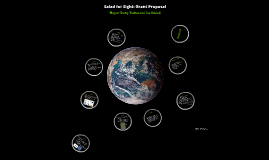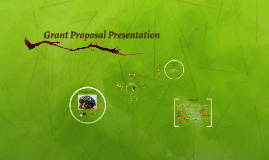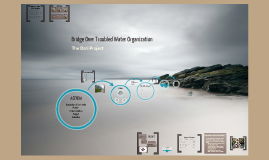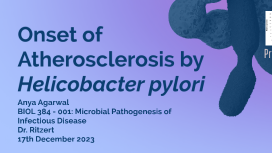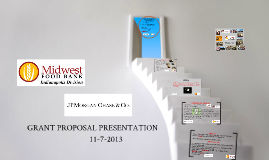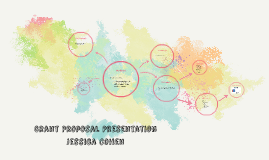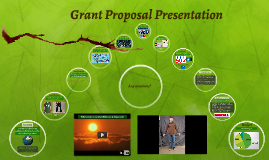Grant Proposal Presentation
Transcript: Sclerites cover its foot form armor-like shield ~8mm long Biomineralization: composed of pyrite (FeS2) & greigite (Fe3S4) (Waren et al. 2003) Biomineralization: an organism incorporates inorganic materials in its structures. (Allaby et al. 2013) What has been previously suggested: since the iron sulfide is pure within the conchiolin (protein that makes outer shell) and forms an armor-like structure: the gastropod controls minerlization of iron sulfide into sclerites (Waren et al. 2003). Isotopic data from iron and sulfur samples concludes mineralization occured as a result of hydrothermal fluid, not bacterial symbionts (Suzuki et al. 2006) BUT..... Bacteria found where sclerites overlap (Waren et al. 2001)) Greigite, a component of the sclerite is sometimes produced by magnetotatic bacteria (Lefèvre & Bazylinski 2013). Perhaps a symbiotic relationship between Crysomallon r. and an episymbiotic (lives on and within host) bacteria that is capable of oxidizing hydrothermal fluids into iron sulfides... Experimental design.... Interpretation / Analysis If the gastropod without episymbionts displays sclerite growth, this supports the hypothesis that the gastropod is responsible for biomineralization Control and Experimental Groups Background The bacteria found in the gastropod are responsible for the mineralization of the iron sulfide and act in a symbiotic relationship with the gastropod. As proposed in previous theories, the gastropod may facilitate the bacterial mineralization to form the intricate sclerites, but the symbiotic bacteria undergo the actual chemical reactions responsible for the iron sulfide sclerites. 1: Attain C. Squeriferum and Taxonomically identify M. Allaby (2013). A dictionary of geology and earth sciences (4 ed.). Oxford Universtiy Press. C. L. Van Dover, et al. (2001). Biogeography and Ecological Setting of Indian Ocean Hydrothermal Vents. Science 294(5543): 818-823. R.M. Gallant, K.L. Damm (2006). Geochemical controls on hydrothermal fluids from Kairei and Edmond Vent Fields, 23° - 25°S, Central Indian Ridge. G3 Geochemistry, Geophysics, Geosystems 7(6) C.T. Lefèvre, D.A. Bazylinski (2013). Ecology, Diversity, and Evolution of Magnetotactic Bacteria. Microbiol Mol Biol Rev 77(3): 497-526. S. Nakagawa, S. et al. (2013). Allying with armored snails: the complete genome of gammaproteobacterial endosymbiont. The ISME Journal 2014(8):40-51. Y. Suzuki et al. (2006). Sclerite formation in the hydrothermal-vent “scaly-foot” gastropod---possible control of iron sulfide biomineralization by the animal. Elsevier 242(1-2): 39-50. A. Waren, S Bengston, S.K. Godffredi, C.L. Van Dover (2003). A hot vent gastropod with iron sulfide dermal sclerites. Science 302(5647): 1007 Grant Proposal Presentation 3 Groups Control Gastropod with bacteria Gastropod without episymbiotic bacteria Cultured episymbiotic bacteria Groups exposed to both sea-water and hydrothermal vent fluid environments 2: Containment 3. Measurement of Sclerites If neither experimental groups produce results, then the study supports the hypothesis that together the bacteria and gastropod are responsible for sclerite synthesis and biomineralization Crysomallon squamiferum Hypothesis: Van Dover et al. 2001) Motivation: Biomineralization If the episymbiotic bacteria are able to produce iron sulfide, then this supports the hypothesis that they are responsible for biomineralization Nickname:"the scaly-footed gastropod" Habitat: Kairei deep-sea hydrothermal vents of the Indian Ocean Environment 1: Sea-water with energy resources (Nakagawa et al. 2013) Environment 2: Simulated Hydrothermal Vent Fluid (Gallant & Damm 2006) If the control gastropod sclerites grow, the experiment is effective in simulating hydrothermal vent environment Measure sclerites in order to assess biomineralization during the experiment Bibliography







